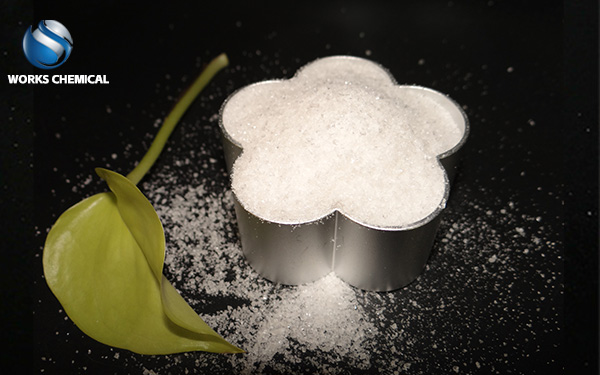
For municipal sludge with high organic matter content, the specific properties of sludge, treatment objectives, economic costs and environmental impacts should be considered in the selection of sludge conditioner. Here are some suggestions for specific choices:

One. Select the type of conditioner according to the properties of sludge
Cationic organic polymer conditioner:
Applicability: For sludge with high organic content, cationic organic polymer conditioner is usually more effective. These conditioners can effectively gather the sludge particles together to form larger floc through charge neutralization and bridging, thus improving the dewatering performance of the sludge.
Selection principle: The higher the content of organic matter, the more suitable to choose cationic organic polymer conditioner with higher polymerization degree. This is because the high degree of polymerization of the conditioner can form a more powerful bridging structure, more effectively condensed sludge particles together.
Inorganic conditioner:
Applicability: Although inorganic conditioners (such as aluminum salts, iron salts, etc.) perform better in the treatment of inorganic sludge, they may not be as effective as organic polymer conditioners in the treatment of sludge with high organic content. However, in some cases, inorganic conditioners can be combined with organic polymer conditioners to achieve better conditioning results.
Note: When using inorganic conditioners, it should be noted that the hydrolysis reaction is greatly affected by pH value. Therefore, when selecting an inorganic conditioner, it is necessary to consider the pH value of the sludge at the same time.
Two. Consider other influencing factors
pH:
The pH value of sludge has an important influence on the selection of conditioner and treatment effect. For example, the hydrolysis of aluminum salts is greatly affected by pH, and its optimal pH range is 5 to 7. Therefore, when selecting the conditioner, it is necessary to consider whether the pH value of the sludge is in the best working range of the conditioner.
Temperature:
Temperature also has a certain influence on the effect of the conditioner. When the temperature is below 10 ° C, the conditioning effect may be significantly worse. Therefore, when using the conditioner in the cold season or low temperature environment, appropriate measures (such as heating, extending conditioning time, etc.) need to be taken to improve the effect.
Economic cost:
When choosing an conditioner, it is also necessary to consider its economic cost. The price, transportation costs, and usage of different conditioners can vary. Therefore, a comprehensive evaluation is needed in the selection to ensure the selection of a cost-effective conditioner.
Test to determine the best conditioner type and dosage
Precipitation test:
The precipitation test can be carried out by the six-set mixer, and the optimal type and dosage of the conditioner can be determined by measuring the turbidity of the supernatant. This method can directly reflect the effects of different conditioners on sludge dewatering performance.
Field test:
Before large-scale application, field tests are recommended to verify the effect of the conditioner. Field tests can simulate the sludge treatment process under actual production conditions, thus more accurately evaluating the performance and economy of the conditioner.
Four, precautions
Avoid damaging floc:
After the mixed reaction of sludge and conditioner to form floc, it should be avoided to destroy it again. Because once the floc is damaged, it is difficult to restore to the original state, thus affecting the dehydration effect.
Strict control of operating conditions:
When using the conditioner, it is necessary to strictly control the operating conditions (such as stirring intensity, reaction time, etc.) to ensure that the conditioner can fully play its role.
In summary, for municipal sludge with high organic matter content, cationic organic polymer conditioner is recommended as the main conditioner, and the pH value, temperature and economic cost of the sludge are considered for comprehensive evaluation. At the same time, the optimal type and dosage of the conditioner were determined through tests to ensure the effectiveness and efficiency of sludge treatment.